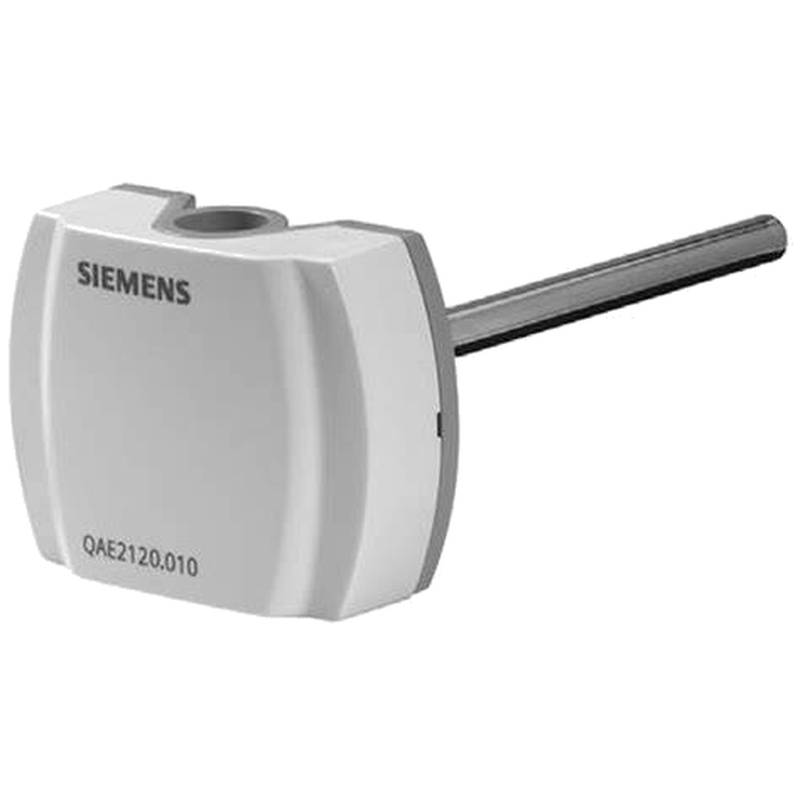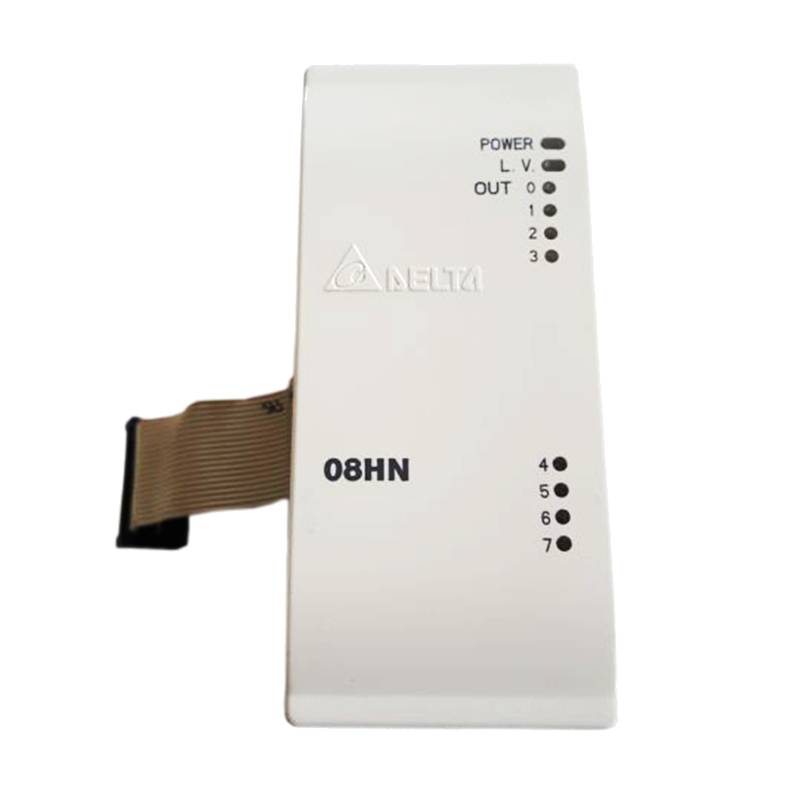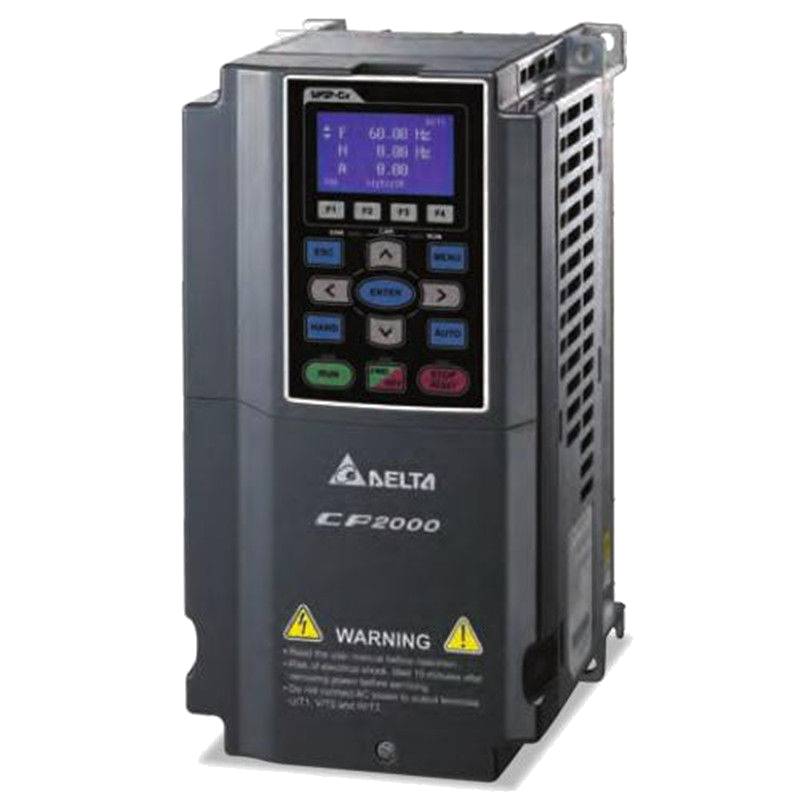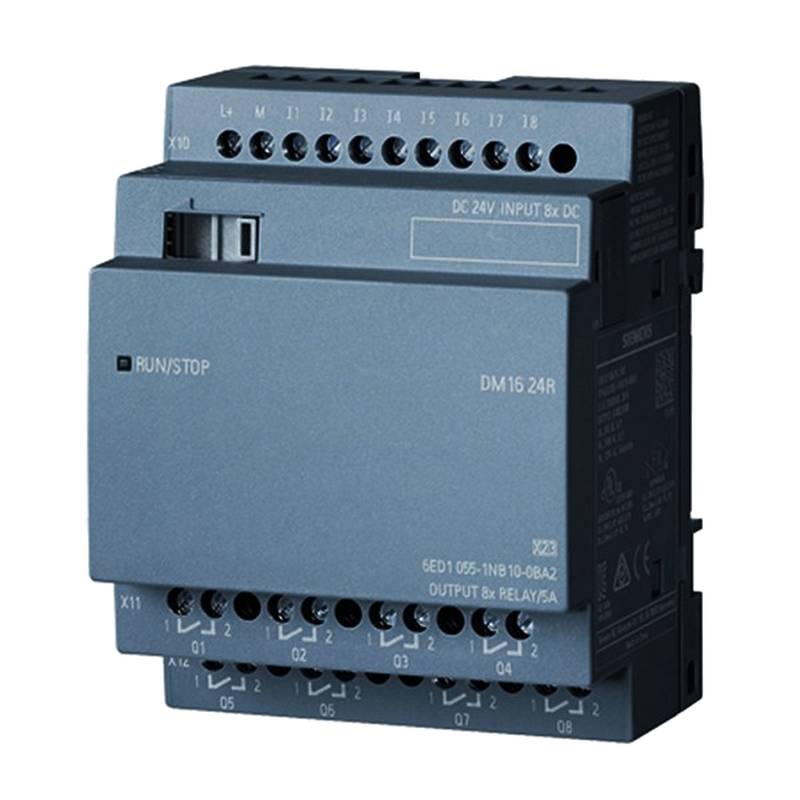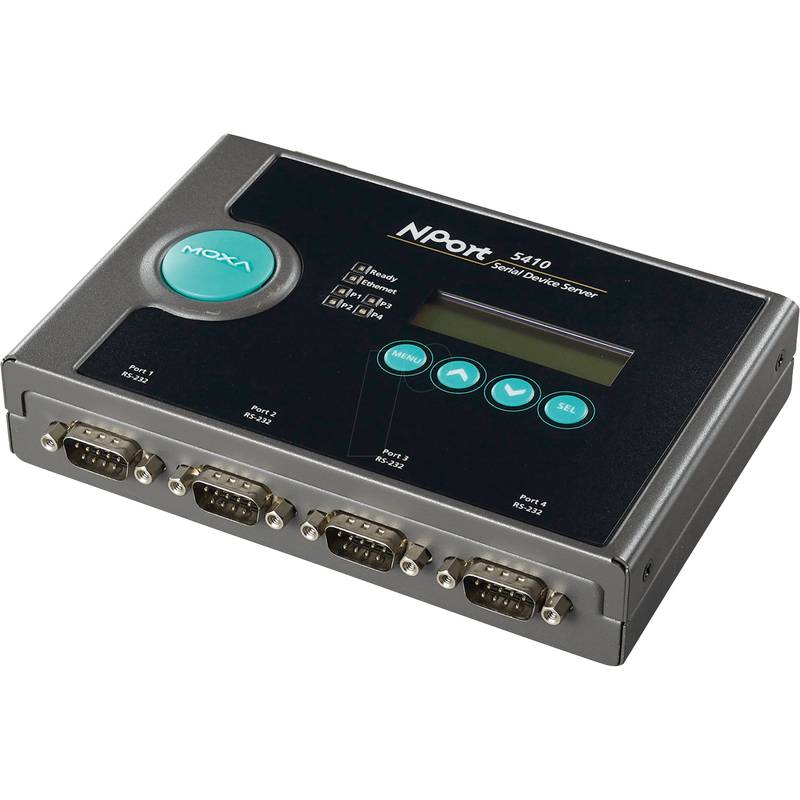
The Siemens BPZ:QAE2112.010 is a high-performance industrial equipment temperature sensor engineered for precise and reliable temperature monitoring in demanding environments. Its key advantages lie in its robust construction, rapid response time, and excellent accuracy, ensuring optimal process control and equipment longevity. Core features include a wide operating temperature range, a durable NTC thermistor element, and compatibility with various Siemens control systems. Technically, it typically operates within a range of -30 to +130°C, offering a ±0.5 K accuracy at 25°C, and features a 2-wire connection, making it a versatile solution for numerous industrial applications.
Product Specifications
| Feature | Specification |
| :-------------------- | :-------------------------------------------------- |
| Product Type | NTC Temperature Sensor |
| Manufacturer | Siemens |
| Model Number | BPZ:QAE2112.010 |
| Measuring Element | NTC Thermistor |
| Measuring Range | -30 to +130 °C |
| Accuracy | ±0.5 K (at 25 °C) |
| Connection Type | 2-wire |
| Cable Length | Varies (e.g., 1.5 m, 3 m, 5 m depending on variant) |
| Ingress Protection | IP65 |
| Housing Material | ABS (Acrylonitrile Butadiene Styrene) |
| Response Time | ≤ 40 s (in still air) |
| Electrical Connection | Screw terminals |
| Application | HVAC, Building Automation, Industrial Processes |
Core Features & Market Positioning
The Siemens BPZ:QAE2112.010 stands out in the industrial sensor market due to its exceptional balance of performance, durability, and ease of integration. Its NTC thermistor technology provides a highly sensitive and accurate means of temperature measurement, critical for applications where even minor deviations can impact efficiency or safety. Unlike some competitors, the QAE2112.010 boasts an IP65 rating, signifying superior protection against dust and water ingress, thus ensuring reliable operation in harsh industrial settings such as manufacturing plants, chemical processing facilities, and HVAC systems. This robustness, coupled with Siemens' established reputation for quality and reliability, positions the BPZ:QAE2112.010 as a preferred choice for engineers and system integrators prioritizing long-term, trouble-free performance.
Key Application Scenarios
This industrial temperature sensor finds extensive application across diverse sectors. In building automation and HVAC, it is frequently deployed for monitoring air and water temperatures in ductwork, chillers, and heating systems, contributing to energy efficiency and occupant comfort. Within industrial manufacturing, the Siemens BPZ:QAE2112.010 is crucial for process temperature control, such as in plastic injection molding, food and beverage production, and chemical reaction vessels, where precise temperature maintenance is paramount for product quality and safety. Its durable design also makes it suitable for monitoring temperatures in machinery and equipment housings, helping to prevent overheating and ensure operational reliability.
Practical System Integration Guidance
Integrating the Siemens BPZ:QAE2112.010 into existing control systems is straightforward, largely due to its standard 2-wire connection and compatibility with common analog inputs on PLCs and building automation controllers. The sensor utilizes a simple resistance-to-temperature conversion based on its NTC characteristic. For installation, ensure the sensor is positioned to accurately reflect the medium being measured, avoiding direct heat sources or drafts that could skew readings. Wiring typically involves connecting the two wires to the designated analog input terminals on the controller. When commissioning, it's essential to calibrate the input module or verify the sensor's readings against a known reference, ensuring accurate data acquisition for control loops and monitoring.
Operation and Risk Mitigation
Proper operation of the Siemens BPZ:QAE2112.010 relies on understanding its NTC characteristics and ensuring it remains within its specified environmental limits. The sensor is designed for passive operation, meaning it does not require an external power source beyond the low voltage supplied by the connected controller for measurement. Risk mitigation primarily involves preventing physical damage and ensuring electrical integrity. Avoid exceeding the maximum temperature range of +130°C, as this can permanently damage the thermistor element. Ensure secure connections at the screw terminals to prevent intermittent contact or short circuits. In the event of a fault, such as an open circuit or short circuit, the connected controller will typically generate an error code, allowing for prompt diagnosis and resolution.
Scalability & Long-Term Value
The scalability and long-term value of the Siemens BPZ:QAE2112.010 are significant. As an integral part of the broader Siemens ecosystem, it offers seamless compatibility with a wide range of Siemens controllers, including S7 PLCs and Desigo building management systems, facilitating easy expansion of monitoring capabilities. This interoperability ensures that as plant or building systems grow, the temperature sensing infrastructure can scale without requiring a complete overhaul of existing components. Furthermore, in an era of increasing digitalization, temperature data from sensors like the QAE2112.010 can be readily integrated into IIoT platforms for advanced analytics, predictive maintenance, and performance optimization, thereby enhancing operational efficiency and extending the lifespan of industrial assets.
Frequently Asked Questions (FAQs)
Q1: What is the typical accuracy of the Siemens BPZ:QAE2112.010 sensor?
The Siemens BPZ:QAE2112.010 sensor offers a high degree of accuracy, typically within ±0.5 K at a reference temperature of 25°C.
This precision ensures reliable data for critical control processes and monitoring applications. Its NTC element is specifically chosen for its stable and predictable resistance-temperature relationship.
For optimal accuracy, ensure proper installation and avoid ambient conditions outside the sensor's specified operating range.
Q2: What type of connection does the Siemens BPZ:QAE2112.010 use?
This Siemens temperature sensor utilizes a standard 2-wire connection for straightforward integration.
The 2-wire configuration simplifies wiring, reducing installation time and potential points of failure. It is compatible with most standard analog input modules.
The connection is made via robust screw terminals, ensuring secure electrical contact in industrial environments.
Q3: Can the Siemens BPZ:QAE2112.010 be used outdoors?
Yes, the Siemens BPZ:QAE2112.010 is designed for industrial use and features an IP65 ingress protection rating.
This rating signifies that the sensor is dust-tight and protected against water jets, making it suitable for many outdoor applications.
However, it is crucial to ensure that the operating temperature range and direct environmental exposure do not exceed the sensor's specified limits.
Q4: What is the operating temperature range for the BPZ:QAE2112.010?
The Siemens BPZ:QAE2112.010 operates reliably within a broad temperature range of -30°C to +130°C.
This extensive range allows for versatile deployment in both cold storage and moderately high-temperature industrial processes.
Exceeding this range can lead to sensor damage and inaccurate readings, compromising system performance and safety.
Q5: How do I wire the Siemens BPZ:QAE2112.010 sensor?
Wiring involves connecting the two sensor wires to the designated analog input terminals on your PLC or controller.
Ensure the polarity is observed if specified by your controller documentation, though most 2-wire NTC sensors are not polarity sensitive.
Utilize the screw terminals for a secure and reliable connection, preventing loose wires that could cause intermittent faults.
Q6: What happens if the Siemens BPZ:QAE2112.010 fails?
A failure typically manifests as an open circuit or a short circuit detected by the connected control system.
Your PLC or building management system will likely flag a specific error code indicating a sensor fault.
Prompt troubleshooting and replacement are necessary to restore proper system functionality and prevent process disruptions.
Q7: Is the BPZ:QAE2112.010 compatible with non-Siemens systems?
The BPZ:QAE2112.010 is designed with standard electrical characteristics, enabling compatibility with many non-Siemens controllers.
Its NTC thermistor output is a universal standard, recognized by most analog input modules designed for resistance temperature sensors.
Always consult your specific controller's documentation to confirm compatibility with 2-wire NTC sensors within the specified resistance range.
Q8: How fast does the Siemens BPZ:QAE2112.010 respond to temperature changes?
The sensor offers a relatively rapid response time, typically around 40 seconds in still air.
This response time is influenced by the thermal mass of the sensor and its mounting, allowing for quick detection of process variations.
For applications requiring extremely fast response, consider immersion or surface mounting techniques that minimize thermal lag.
Q9: What is the housing material of the Siemens BPZ:QAE2112.010?
The housing of the Siemens BPZ:QAE2112.010 is constructed from durable ABS (Acrylonitrile Butadiene Styrene) plastic.
ABS is chosen for its good mechanical strength, impact resistance, and suitability for industrial environments.
The robust housing contributes to the sensor's overall IP65 rating, protecting the internal NTC element from external contaminants.
Q10: Can this sensor be used for extreme low-temperature applications?
Yes, the Siemens BPZ:QAE2112.010 is suitable for applications as low as -30°C.
Its NTC thermistor element maintains its resistive properties effectively within this low-temperature range.
However, ensure the sensor's wiring and housing materials also remain within acceptable operational limits at such extreme cold.














